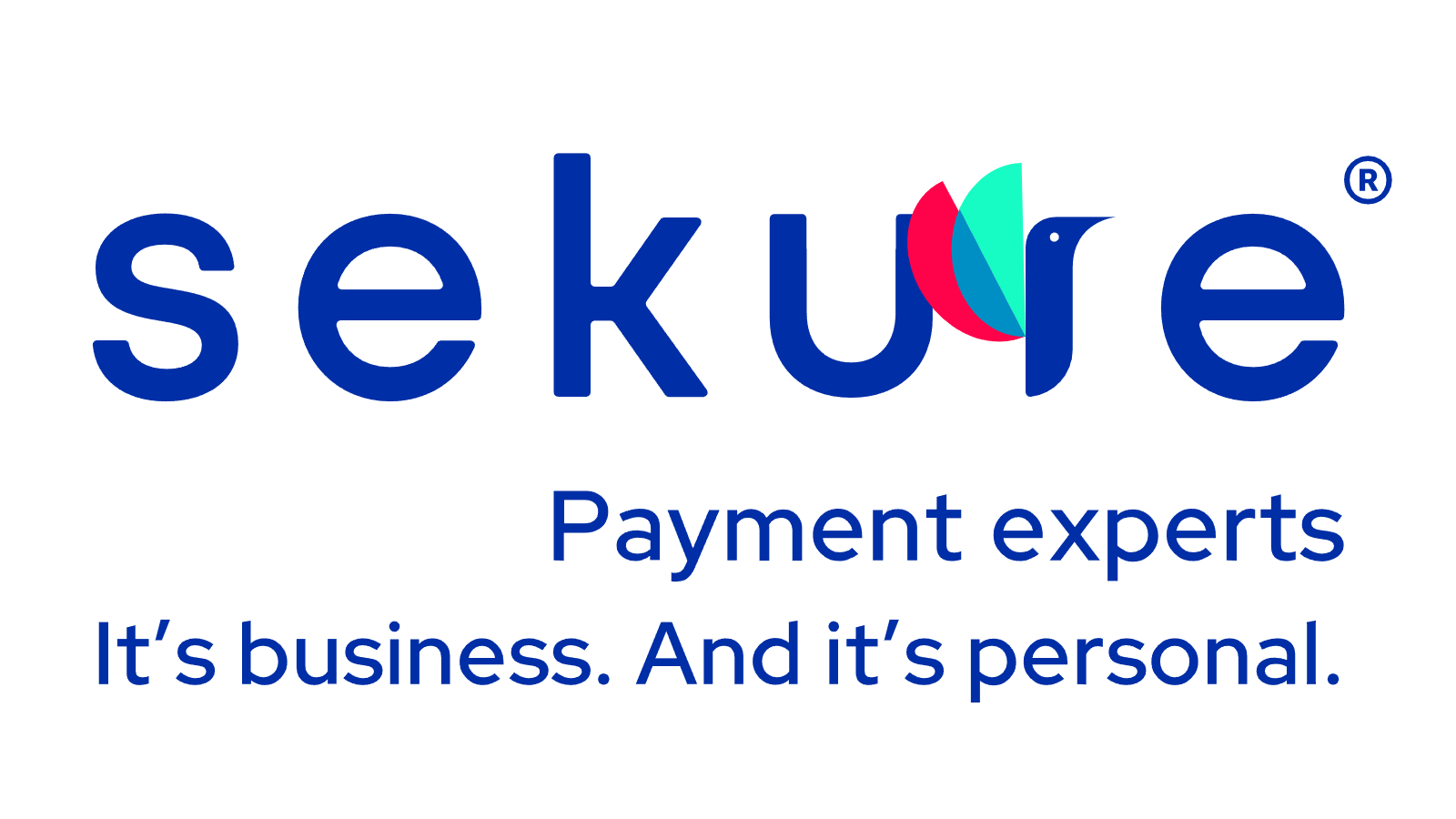Breaking down your merchant statement
Learn to read your credit card processing statement like a pro

What are the different charges on my processor statement?
1. Card fees & processor fees
There are two costs associated with every transaction:
- Card organization cost
- Processor cost
When your customer pays with Visa, your processor will charge you Visa’s fee (pass-through cost), plus a markup for their services. The Visa fee is the Card Organization’s Cost and is non-negotiable. On the other hand, the service fees from your processor are negotiable. Knowing how to differentiate between those two fees is an important first step in understanding your statement.
2. Discount rates
Traditionally, when a salesperson refers to a “discount,” it means there is a price reduction. When you see “discount rate” on your statement, it means surcharges.
3. Pricing structure
Have you signed up for Tiered or Interchange Plus pricing? Depending on what type of business you run, the cards your customers use, and how you process each transaction, you can be set up with different pricing structures. Knowing how to choose the right pricing structure can be the difference between getting a good deal and paying too much.
4. Miscellaneous fees
Miscellaneous fees can add up quickly and sometimes account for over 25% of your cost. Whether it’s an equipment fee or compliance fee, no one likes to pay for something they don’t understand or can avoid. Most people aren’t willing to spend an hour on the phone haggling over a miscellaneous $5 charge. Unfortunately, that is the main reason most avoidable miscellaneous fees go unchallenged.
Need help identifying the charges in your statement? Take advantage of our free statement analysis today!
How do I spot the hidden fees in my processor statement?
Merchant statements can be convoluted and difficult to read, but you don’t need to know everything to identify where you might be overpaying.
Rather than trying to learn every item that might appear on a processing statement, let’s focus on the terms you don’t want to see. Here are the most common ones to watch out for:
- Interchange clearing fees
- Other volume fees
- Other item fees
- Regulatory product fees
- Maintenance fees
- Sales item
- Chargeback service fees
- Non-compliance fees
- POS authorization fees
- Gateway authorization fees
- Visa fnquiry fee
If you notice any of the above fees on your statement, don’t panic. It’s just an indication that you might want to investigate further. These fees are usually markups from your processor and can be negotiated or eliminated altogether.
I found a red-flag fee in my statement. What should I do?
If you find these fees on your statement, you have two choices: call your processor to negotiate or start shopping around for a new one.
Calling your processor can be a useful exercise in both understanding the negotiation process and evaluating the quality of their customer service. If you are happy with the service and your fees are clearly explained or reversed, you may decide to give them a second chance. If you are placed on hold for an hour, your questions aren’t clearly explained, or you have to wait a few days to get a response, it might be time to cut them loose.
If you decide to shop around, it’s important to understand that every processor makes money in the same way —meaning they pass along the true cost of each transaction by marking up their services.
Regardless of which action you take, identifying the unnecessary fees on your statement is the first step to ensuring you have the information to confidently negotiate and establish fair processing costs for your business.
Are you unsure about the fees in your statement? Take advantage of our free statement analysis today!
Submit your statementTo protect against fraud and data breaches, avoid being overcharged, and ensure mandatory compliance standards are met, every merchant should understand these four account details:
1. Account category
The account category is how you process credit cards:
- A Retail Account can accept card-present or keyed-in transactions.
- A Moto Account only processes keyed-in transactions.
- An Internet Account is for payments that run independently through a website.
Tip: A retail setup can help save money because card-present transactions are the most secure and have the lowest rates. You should select a Retail Account if you ever meet your clients face-to-face.
2. EMV compliant equipment
Merchants with EMV-compatible processing equipment pay the lowest rate available. However, many merchants don’t have accounts or equipment set up to accept EMV.
Tip: Some processors use this as an opportunity to up-sell merchants with expensive equipment leases. Most processors will provide their clients with free EMV compatible terminals or mobile chip readers if requested. If your customer hands you a card with a chip, you should be inserting that card, not swiping or keying in the transaction.
3. Pricing platform
There are two different pricing platforms:
- Tiered Pricing = Fixed Pricing
- Interchange Plus (IC+) = Variable Pricing.
Tiered Pricing is like a fixed mortgage in that you know exactly what your rates are, and the rates don’t fluctuate. This pricing may suit your business if you have very predictable transactions and generally process the same cards, in the same way every day. The benefit of Tiered Pricing is that you always pay the same rate. This is helpful as it gives you peace of mind knowing what you’ll pay. But it’s generally more expensive than IC+because processors include a safe buffer between the true cost and your fixed rate.
If you’re looking for the most potential savings but willing to accept some variability in your cost, then Interchange Plus (IC+) is the pricing for you. With this pricing, you pay your processor the true cost of each transaction (interchange), plus a fixed markup (also known as ‘bump’).
4. PCI compliance
Payment Card Industry Data Security Standard (PCI DSS) applies to anyone who accepts credit cards. It’s designed to prevent credit card theft and fraudulent payments. The goal of PCI Compliance is to ensure that any company accepting credit cards maintains a secure environment.
Some processors charge compliance fees through monthly or quarterly payments, and additional non-compliance fees may be charged without warning or instructions on how to avoid them. Obtaining an annual PCI Certificate can be enough of a headache that you simply give up and absorb their non-compliance fees.
With the right processor, you should be charged a one-time, annual fee and complete a five-minute phone call verifying the basic details of their account.
